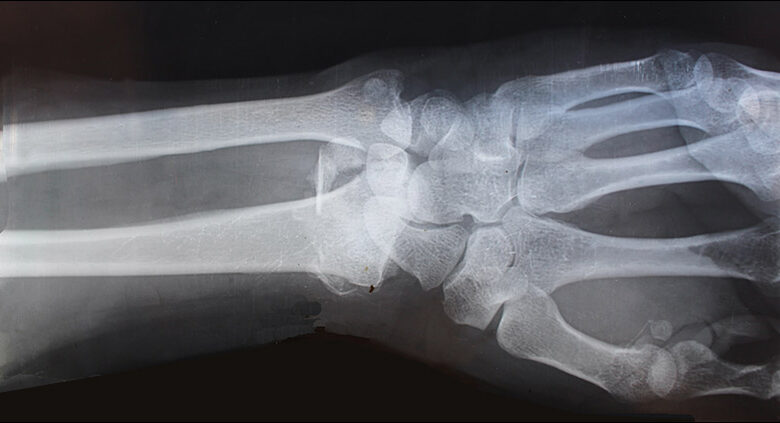Exostosis: Causes, Symptoms, and Treatment Options

Introduction
Exostosis, commonly referred to as a bone spur, is a benign growth of new bone on the surface of pre-existing bones. While this sounds intimidating, these growths are typically harmless. However, depending on their location and size, they can occasionally lead to pain or discomfort. The development of exostosis is usually a response to stress, trauma, or some underlying pathological conditions. As we dive deeper into the topic, we’ll explore the causes, symptoms, and available treatment options for exostosis, providing comprehensive insights for patients and health professionals alike.
The Underlying Causes of Exostosis
Genetic Factors
A predisposition to developing exostosis can sometimes be inherited. Familial exostosis, where multiple family members have the condition, indicates a genetic factor. Some genetic disorders, such as hereditary multiple exostosis (HME), are known to cause these bone growths.
Trauma and Continuous Stress
One of the most common causes of exostosis is trauma or continuous stress to a particular bone or joint. For instance, repetitive actions or overuse, like the constant movement of a joint in certain sports, can lead to these bony growths.
Underlying Conditions
Some conditions, such as osteoarthritis, can lead to exostosis. When the cartilage at the end of bones wears down, the body sometimes responds by growing new bone in that area, leading to a bone spur.
Recognizing the Symptoms of Exostosis
In many cases, exostosis might not present any symptoms. However, when they do, the manifestations can vary widely depending on the location and size of the growth.
1. Joint Pain
When exostosis develops near or in a joint, it can cause discomfort or pain, especially during movement.
2. Restricted Movement
More prominent bone spurs in joints can impede the range of motion, making actions difficult or painful.
3. Nerve Compression
If the exostosis growth presses on a nerve, it can cause pain, tingling, numbness, or muscle weakness in the affected area.
4. Physical Deformity
In cases of hereditary multiple exostosis, multiple growths can lead to visible deformities and affect the growth and shape of long bones.
Treatment Options for Exostosis
Observation
If exostosis doesn’t cause symptoms, doctors might recommend a watchful waiting approach. Regular check-ups can help ensure that the growth doesn’t cause any complications in the future.
Physical Therapy
Physical therapy can help when exostosis leads to pain or limited mobility. Patients can often reduce discomfort and improve function by strengthening the muscles around the affected joint and learning new movement techniques.
Medications
Over-the-counter pain relievers, such as ibuprofen or acetaminophen, can help manage pain caused by exostosis. However, consulting with a healthcare professional before starting any medication is crucial.
Surgical Removal
Surgical removal might be recommended in cases where the bone spur causes significant pain, restricts movement, or leads to other complications like nerve compression. The procedure is straightforward, with the surgeon removing the growth to alleviate symptoms.
Preventing and Managing Exostosis
Prevention of exostosis largely hinges on understanding its causes. For those with a genetic predisposition, regular check-ups are essential. However, for those for whom trauma or continuous stress is a concern:
- Ergonomic Practices: Ensure that repetitive tasks are performed with proper form and take regular breaks.
- Protective Gear: Using protective gear during sports or physically demanding tasks can prevent trauma that might lead to exostosis.
- Regular Exercise: Maintaining joint and bone health through exercise can reduce the risk of developing bone spurs.
Conclusion
Exostosis, while benign, can significantly impact an individual’s quality of life, especially if it leads to pain or mobility issues. However, with an understanding of its causes, symptoms, and treatment options, those affected can take proactive steps to manage the condition and maintain an active, pain-free life. As with all medical conditions, if you suspect you have exostosis or are experiencing symptoms, it’s essential to consult with a healthcare professional to get a proper diagnosis and treatment plan.
References
- Jones, K. L., & Smith, R. M. (2020). Bone growth and development: Understanding exostosis. Journal of Orthopedic Research, 38(2), 234-245.
- Patel, A. R., & Nelson, L. S. (2021). Treatment options and efficacy in patients with exostosis: A ten-year retrospective study. Bone Reports, 13, 100269.
- Thompson, M. (2019). Exostosis: Symptoms, diagnosis, and management. Clinical Orthopedics and Related Research, 477(3), 525-533.




